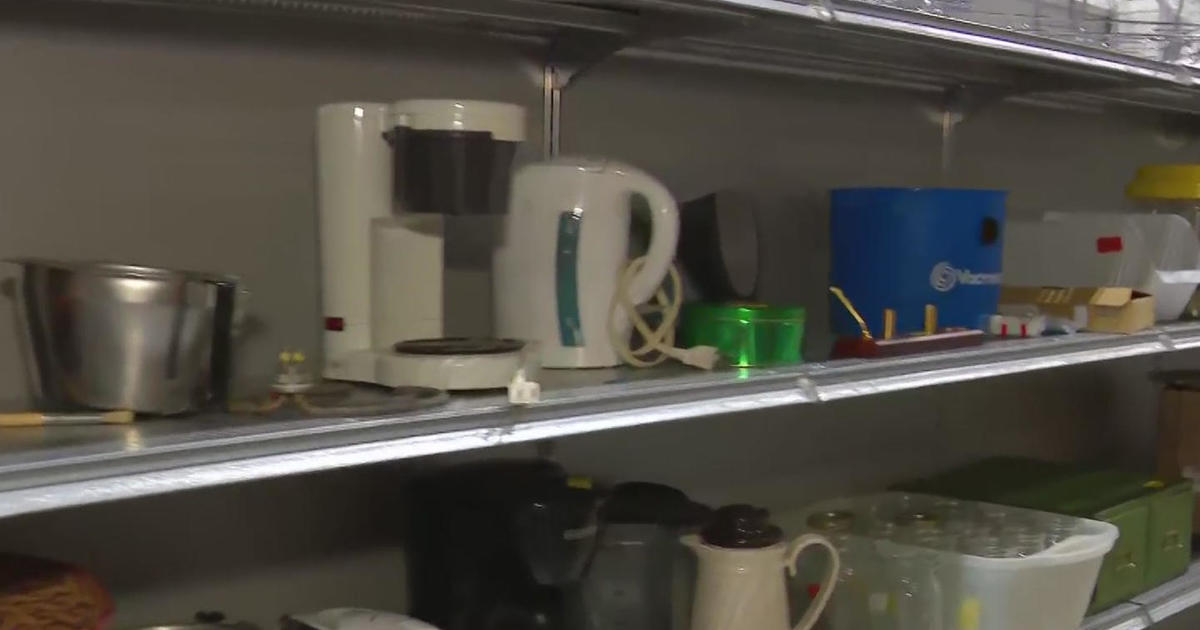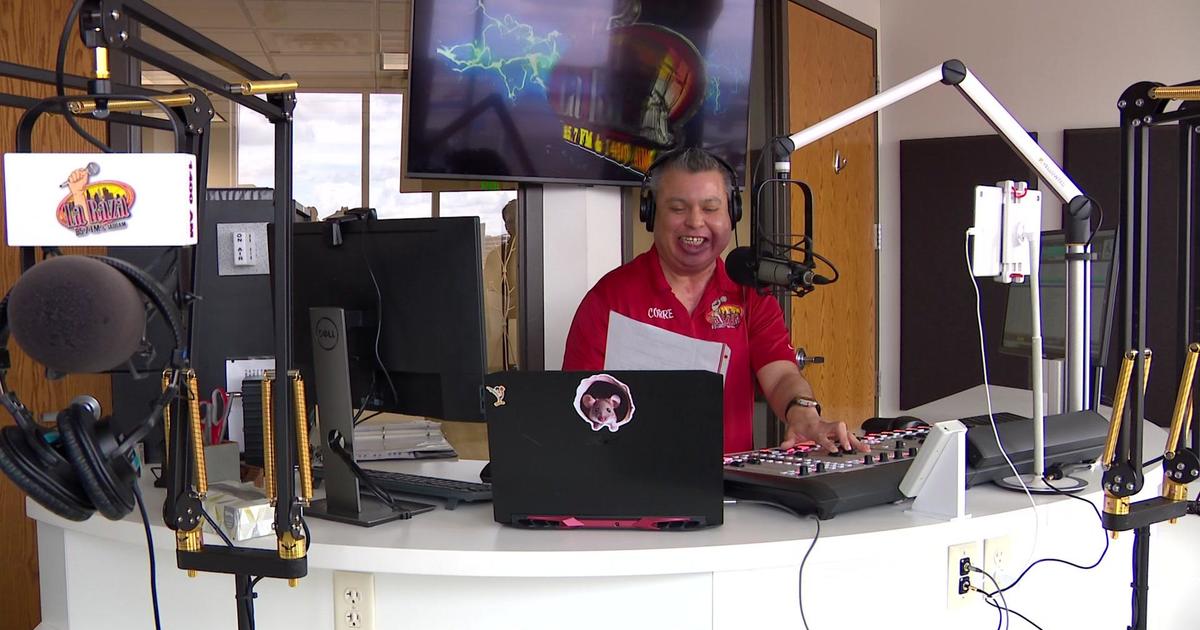Blazing Research Trails At 'U' Children's Hospital
MINNEAPOLIS (WCCO) -- When you send your child to a hospital that specializes in children's care, you expect to have the best doctors and nurses working on the case.
You may not expect teams of researchers to be working on more than 200 different grants and contracts, from the National Institutes of Health, the Centers for Disease Control and Prevention, and the Department of Defense, among others.
"Everything I know in medicine, any kind of medicine, came from basic research," said Dr. Jakub Tolar, associate professor of pediatrics and director of the University of Minnesota's Stem Cell Institute.
Tolar is an attending physician at University of Minnesota Children's Hospital. About new discoveries in medical science, Tolar said "almost everything is unexpected."
In 2013, the University's Pediatrics Department spent $36.5 million on research.
"The University allows you to experiment, ask a question you could not possibly ask in a private industry space," Tolar said.
That's how Tolar ended up breaking ground on a rare skin disease called epidermolysis bullosa.
"My hands used to be wrinkly and stuff, and now they're smooth," said Nick Moore in May 2011, when WCCO first visited his hospital room. Moore was 10 years old then, and his skin didn't stick to his body. It took hours every day, wrapping his body in bandages.
A different parent came to Dr. Tolar and urged him to try stem cell transplants.
"We didn't figure it out. We didn't. She came to us and said use stem cells. She knew from the internet. She knew we do that," said Tolar.
Moore died in October 2011. The transplants were never meant to be a cure, rather a way to ease the pain. Scientists believe that is working, and now the U is a national center for young people with EB.
"What we did was different. And the only reason we could do it is that we have a huge, well-funded, well-developed research center," he said.
The Children's Hospital had the first successful infant heart transplant in Minnesota, and the first cochlear ear implant surgery for a child.
"We need talent, training, technology. We need a discovery ecosystem," said Tolar.
There is a legacy in Minnesota for biomedical research, according to Tolar. In 1968, the first bone marrow transplant was done here. It was the site of one of the first advances in open heart surgery, and the first pacemaker was transplanted here as well.
Tolar said that history attracts good researchers, and puts the pressure on to keep researching.
"There is one thing about research in medicine. It has an arrow of time. There is no 'thing' like enough of research," said Tolar.



